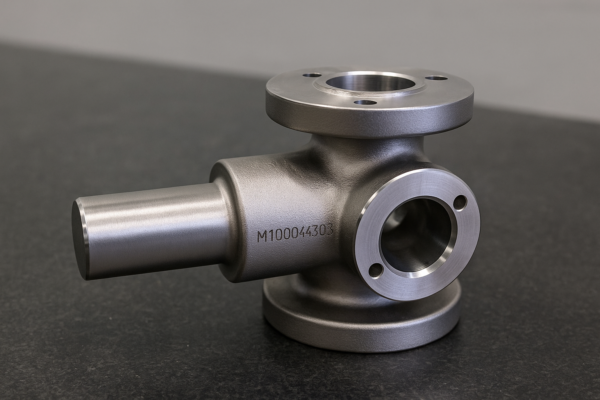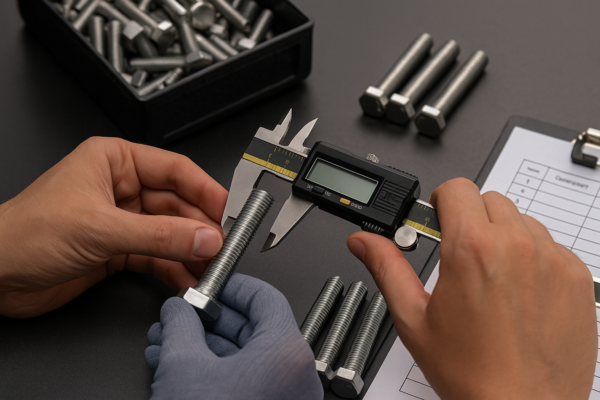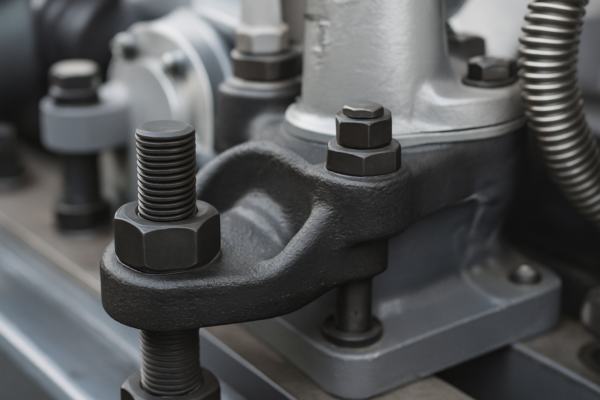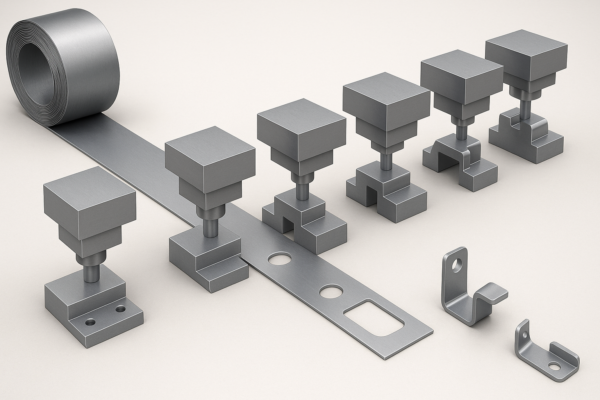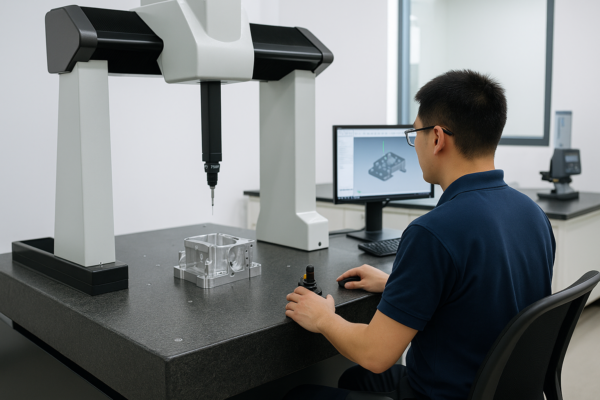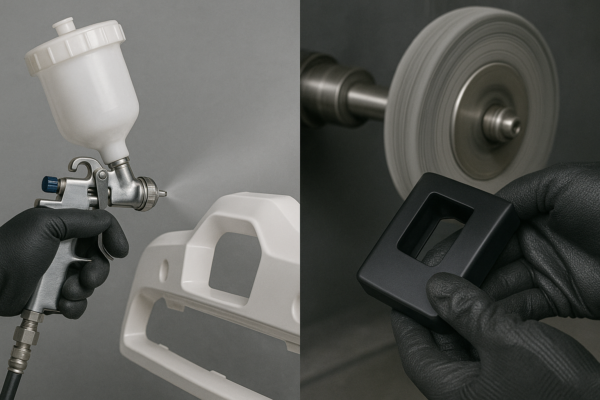Can You Reuse Green Sand for Metal Casting? Understanding Reclamation and Limitations
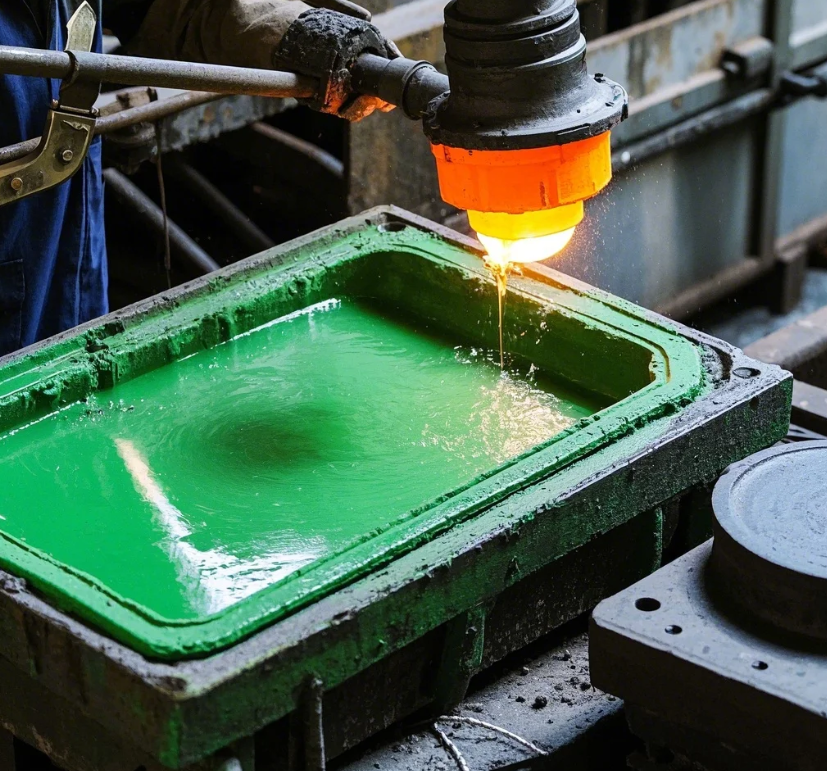
Yes, green sand can be reused—but only if properly conditioned. Without corrections, repeated use degrades its binding properties.
Snippet paragraph: Green sand (clay-bonded sand) is reusable after crushing, sieving, and adding fresh bentonite/water, but loses effectiveness after 5-10 cycles due to burnout and fines accumulation.
Proper reclamation extends sand life while maintaining casting quality. Here’s how foundries optimize reuse.
How Many Times Can Green Sand Be Reused Before Replacement?
Reuse potential depends on metal type, temperature, and conditioning efforts.
Snippet paragraph: Typically, green sand lasts 5-10 casting cycles before requiring partial replacement, as high-temperature metals (e.g., iron) degrade clay faster than low-temp alloys (e.g., aluminum).
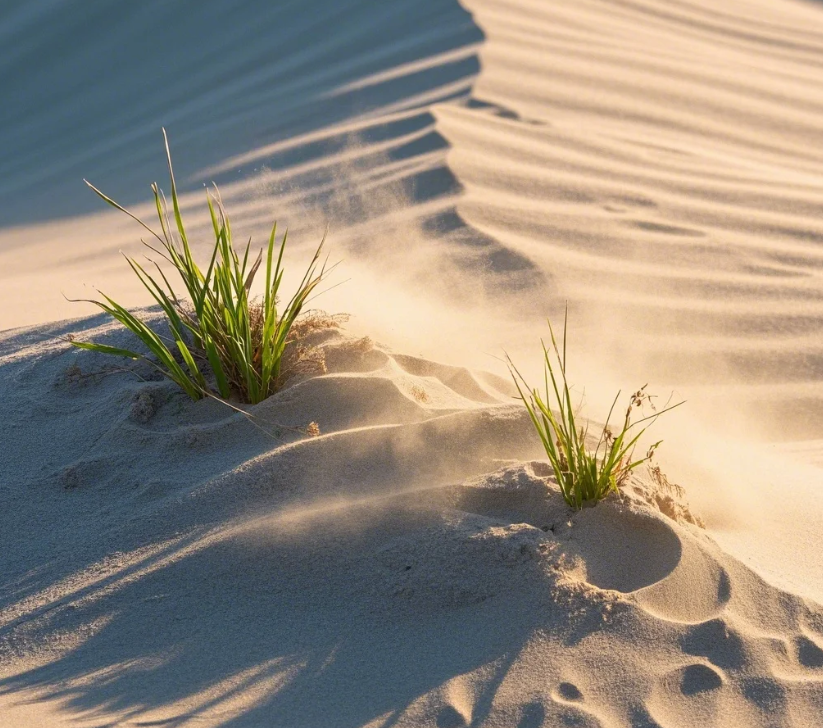
Factors Affecting Reusability
| Factor | Effect on Reusability | Solution |
|---|---|---|
| Metal Temperature | Higher temps burnout clay faster | Reduce iron/steel reuse cycles |
| Sand Fines | Excess fines reduce permeability | Sieve out fines (<70µm) |
| Moisture Loss | Dried sand cracks during casting | Add 2-3% water during mulling |
| Coal Dust | Burns out, reducing gas control | Supplement with fresh coal |
Note: Small home foundries may achieve fewer cycles than industrial setups with automated conditioning.
What Steps Are Needed to Recondition Used Green Sand?
Simply recycling sand without adjustments leads to defective castings.
Snippet paragraph: Effective reconditioning involves crushing lumps, removing debris, adding 1-2% fresh bentonite, and balancing moisture to 3-5%—verified by lab testing or squeeze tests.
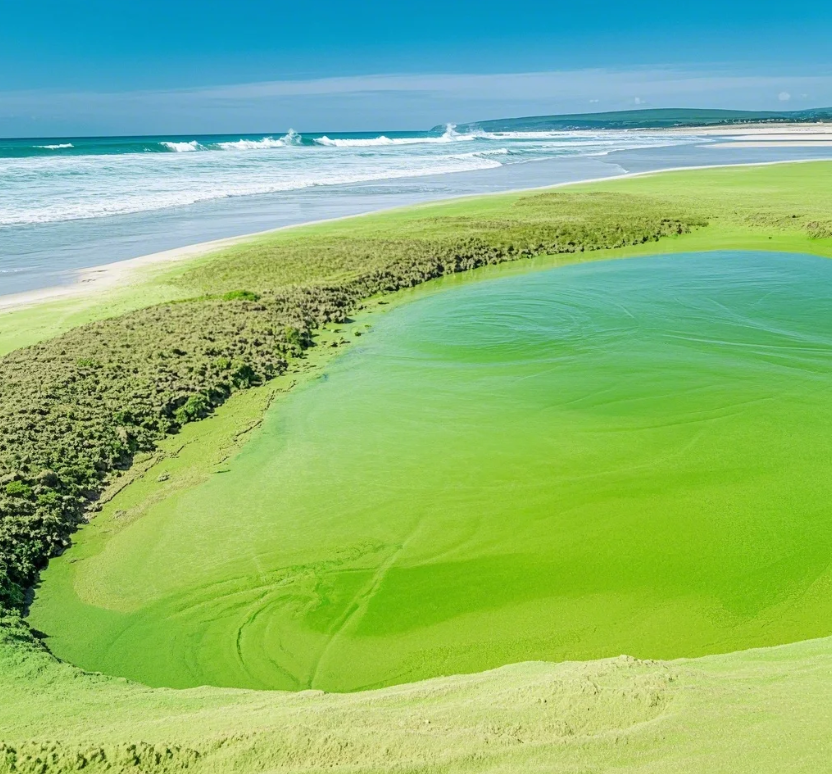
Step-by-Step Reconditioning
-
Break Down Lumps
- Use a riddler or vibratory sieve to crush hardened sand.
- Remove metal fragments ("burn-on") magnetically.
-
Replenish Binders
- Add 1% bentonite clay per reuse cycle.
- For iron casting, include 0.5% coal dust to prevent oxidation.
-
Moisture Control
- Ideal range: 3-5% water.
- Test by squeezing: sand should hold shape without crumbling.
-
Mull Thoroughly
- Mix for 5-10 minutes in a muller for even distribution.
Pro Tip: Dedicate 10-20% of sand volume as "new sand" to maintain system balance.
What Problems Occur When Reusing Green Sand Too Many Times?
Over-recycled sand causes casting defects, raising scrap rates.
Snippet paragraph: Excessive reuse leads to gas holes, sand inclusions, and poor surface finish due to depleted clay, excessive fines, and moisture imbalance.

Common Defects vs. Causes
| Defect | Root Cause | Fix |
|---|---|---|
| Gas Porosity | Dead clay reduces gas venting | Replace 20-30% sand with fresh |
| Sand Erosion | Weak bonds from low bentonite | Increase clay addition rate |
| Fins/Veins | Sand becomes too permeable | Adjust coal dust and moisture |
| Shrinkage | Inconsistent compactability | Re-mull with calibrated water |
Lab tests (e.g., AFS clay content, permeability) help monitor sand health.
Can You Mix New and Recycled Green Sand?
Blending extends lifespan while maintaining quality.
Snippet paragraph: A 70:30 mix (recycled:new sand) optimizes cost and performance, as fresh sand replenishes clay while reused sand retains optimal grain structure.

Recommended Blending Ratios
| Application | Recycled Sand % | Reason |
|---|---|---|
| Iron Castings | 60-70% | High temps require more refresh |
| Aluminum | 80-90% | Lower clay burnout rate |
| Prototypes | 50% | Ensures defect-free surfaces |
DIYers: For backyard foundries, replace 30% after 3-4 uses for consistent results.
Conclusion
Green sand is reusable but requires conditioning and partial replacement to maintain casting quality—monitor clay content, moisture, and defects to optimize longevity.

